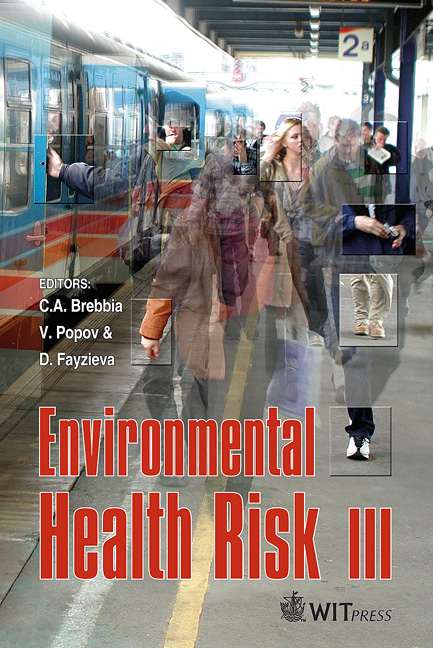Air Pollution Control For Occupational Health Improvement
Price
Free (open access)
Transaction
Volume
9
Pages
9
Published
2005
Size
547 kb
Paper DOI
10.2495/EHR050331
Copyright
WIT Press
Author(s)
L. Santarpia, F. Gugliermetti & G. Zori
Abstract
Indoor air pollution can make workplaces worse. Mechanical or natural ventilation systems, impelled by thermal gradients or wind pressure, can reduce indoor pollution levels by introducing adequate indoor air changes; moreover airflows can drag pollutant gases both from the external environment and among internal spaces. An air curtain system can reduce the airflow through openings of adjoining spaces and, as a consequence, can realize a system to control pollution. Flux reduction, gaseous and particulate pollutant control and human exposure time produced by air curtain ventilation systems are investigated by theoretical and advanced CFD analysis in order to improve their design by general guidelines. Keywords: air curtain, pollution control, free air jet, pollutant flux. 1 Introduction Human exposure to particulates has recently received considerable attention as a result of epidemiological studies showing associations between environmental particle concentration and mortality. These associations have been initially demonstrated for total suspended particles (TSP) and PM10; however, results from later studies suggest that fine particles (PM2.5) and particle components, such as sulphate (SO4 2-) and aerosol strong acidity (H+), may also be associated with increased mortality and other adverse health impacts. From studies of indoor environments, it is clear that significant fraction (50–90%) of outdoor PM10, PM2.5, SO4 2- and H+ penetrate indoors. Once indoors, these particulate species may be depleted through deposition onto surfaces, or, in the case of H+, through reactions with other indoor pollutants.
Keywords
air curtain, pollution control, free air jet, pollutant flux.





